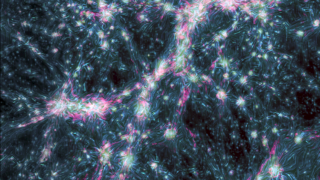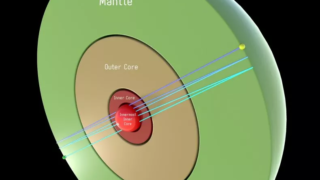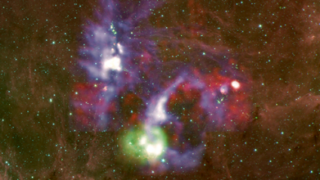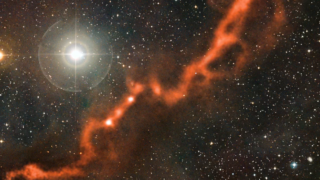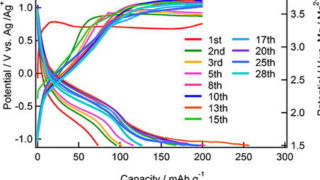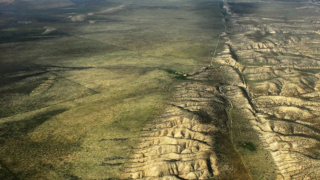
Bio-mining pyrite with no oxygen
Pyrite, also known as “fool’s gold,” is an abundant iron sulphide mineral in the Earth’s crust. All organisms need iron and sulphur to grow. Because pyrite does not dissolve in oxygen-free conditions, scientists previously thought that organisms could not use pyrite in the absence of oxygen. Research shows that certain single-celled microorganisms can dissolve pyrite […]
